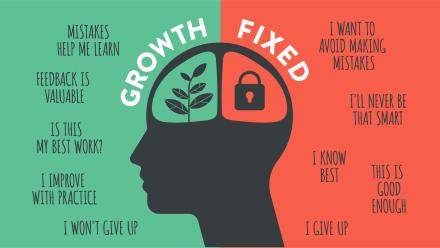What data drives us?
How do you know what shifts or changes you need to make in your classroom or school? Before you begin shifting or eliminating things from your instructional practice or school culture, ask yourself, “What is driving the change I hope to make?” Since the mid-2000’s, data-driven decision making has become a way of life in most US schools. The hope has been that data will help us “Leave No Child Behind,” but have we succeeded?
Over the past two decades, there has certainly been an intense uptick in data discussions within schools but those discussions have not always resulted in dynamic, creative solutions leading to improved and sustained student success. Now, as we face rising chronic absenteeism, flat achievement scores, and growing social emotional needs of students and educators, perhaps the question we need to ask is not, “Are we data driven?” but rather “What data drives us?”
“Assessment is always a means to an end, never an end unto itself. It’s the quality of the decision we make, not the test score, that counts.” — David Pearson (2007)
What are the numbers telling you?
Over the years, schools and school districts have worked to establish robust assessment systems that include screening, diagnostic, progress monitoring, and outcome assessments and data. Each type of assessment provides a different lens to look at students’ growth in an effort to provide a comprehensive view at how they are learning. As you think about your school’s assessment system as well as additional assessments you may administer in your class, consider the following questions.
School-Level Data Questions
Does my school have a robust assessment system? If not, what pieces are working well and what isn’t working or are missing?
Are the assessments we have in place really assessing what we think they should?
Do we see trends in students’ progress between grade levels and/or across school years?
Do we see student progress between levels of achievement (e.g., students moving from fail to pass or pass to pass advanced)?
Are the areas of need similar across content areas, grades, or school-wide?
Class-Level Data Questions
Do I have the data points I need to make initial instructional decisions and tweaks to my instruction as the year progresses?
What areas of development are showing increases, decreases, or are remaining stagnant?
Expanding Your Data Set
Data is only helpful if it’s the right data to help answer your questions. Historically, we have looked primarily at achievement data to tell us if students and schools are on a track to success. Although academic test scores are an important indicator, we realize that a more comprehensive approach to student success includes other types of data as well.
As you begin to take stock of what data you have, indicators of success you may need, and a comprehensive plan to collect data, consider the following elements related to student achievement and how they may highlight your students’ path to acceleration.






